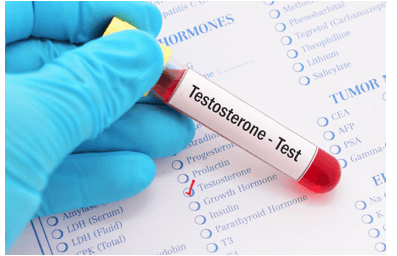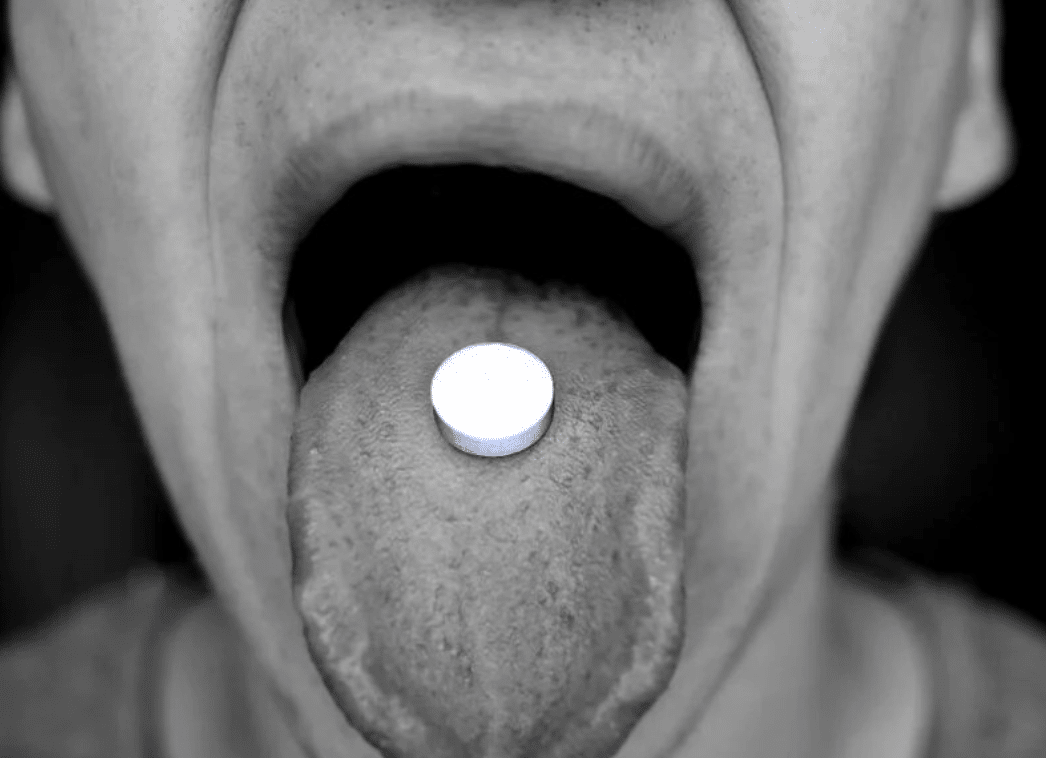Levels depend on a person’s age, sex, and health. Males usually have much higher levels of testosterone in their body than females.
Testosterone is a hormone known as an androgen. Although primarily known as a male sex hormone, females also need certain levels of testosterone. However, most testosterone converts into the sex hormone estradiol in the female body.
In males, the testes produce testosterone, and the ovaries produce testosterone in females.
The adrenal glands also produce small amounts of testosterone in both sexes.
Testosterone in males is important for:
- development during puberty
- sperm creation
- strengthening of muscles and bones
- sex drive
Testosterone in females is essential for:
- maintaining levels of other hormones
- sex drive and fertility
- making new blood cells
There is a link between low testosterone and sex drive and fertility for both sexes.
The body controls testosterone levels naturally and having low testosterone levels is more common than having high testosterone levels.
Typical testosterone levels
Doctors measure testosterone in nanograms per deciliter (ng/dl).
The following tables show healthy levels of total testosterone in the body. Levels fall within a range for each age bracket.
People will have different levels of testosterone within this healthy range.
Infants and children
| Age | Male (in ng/dl) | Female (in ng/dl) |
| 0 to 5 months | 75-400 | 20-80 |
| 6 months to 9 years | Less than 7-20 | Less than 7-20 |
| 10 to 11 years | Less than 7-130 | Less than 7-44 |
Adolescents
| Age | Male (in ng/dl) | Female (in ng/dl) |
| 12 to 13 years | Less than 7-800 | Less than 7-75 |
| 14 years | Less than 7-1,200 | Less than 7-75 |
| 15 to 16 years | 100-1,200 | Less than 7-75 |
Adults
| Age | Male (in ng/dl) | Female (in ng/dl) |
| 17 to 18 years | 300-1,200 | 20-75 |
| 19 years and older | 240-950 | 8-60 |
Doctors may also measure testosterone alongside Tanner staging.
The Tanner scale tracks the visual development of children during puberty according to five fixed stages rather than a person’s specific age.
For example, stage II of the Tanner scale relates to the growth of a boy’s testicles or the development of breast buds in a girl, but it does not refer to their actual age.
Because hormone levels change rapidly during puberty and development can happen at different ages for different people, the Tanner scale is a more accurate way to judge changes during puberty than referring to age.
According to the Tanner scale, healthy testosterone levels are as follows:
| Tanner stage | Male (in ng/dl) | Female (in ng/dl) |
| I | Less than 7-20 | Less than 7-20 |
| II | 8-66 | Less than 7-47 |
| III | 26-800 | 17-75 |
| IV | 85-1,200 | 20-75 |
| V | 300-950 | 12-60 |
A testosterone deficiency in the womb can affect the development of a male fetus. It can also affect male puberty, and it may slow or stop a person’s growth or development.
Hormone levels change for both males and females as they age. Females experience a more dramatic change in hormones, with levels falling until a female reaches menopause. Males experience a more gradual change in hormone levels.
Testosterone levels decrease naturally with age in both sexes.
In males, lower testosterone levels can lead to:
- hair loss (including on the body and face)
- reduced muscle tone
- more fragile skin
- a reduced sex drive
- disturbed mood
- memory or concentration problems
Low testosterone levels in females can lead to:
- irregular or missed periods
- low sex drive
- vaginal dryness
- weak bones
- fertility problems
However, more research into the effects of low testosterone on the body as people age is needed.
How many pounds have you lost this month? At Dieta Efectiva you can lose 10-12 lbs your first week and 2-5 lbs every week after. Visit us dietaefectiva.netto learn more about our program.







